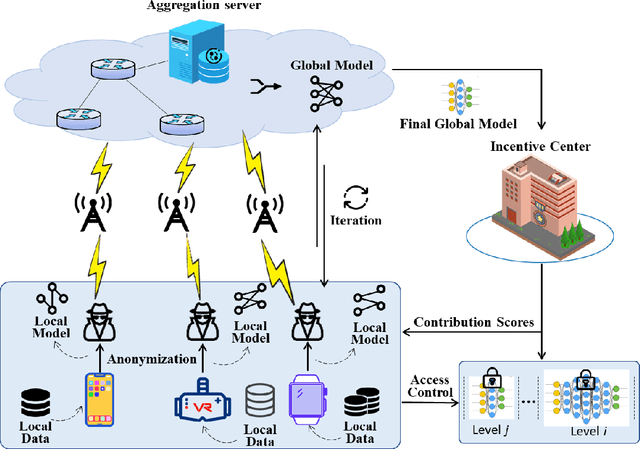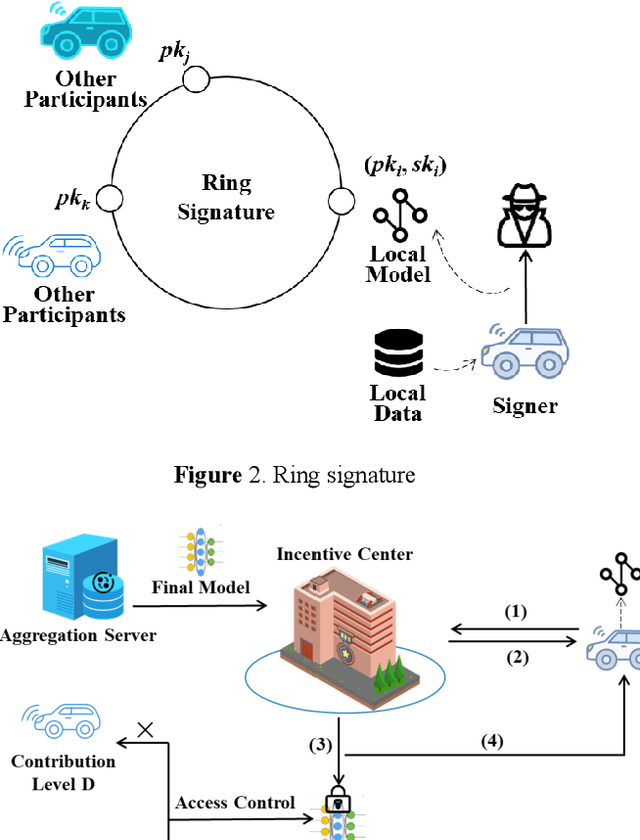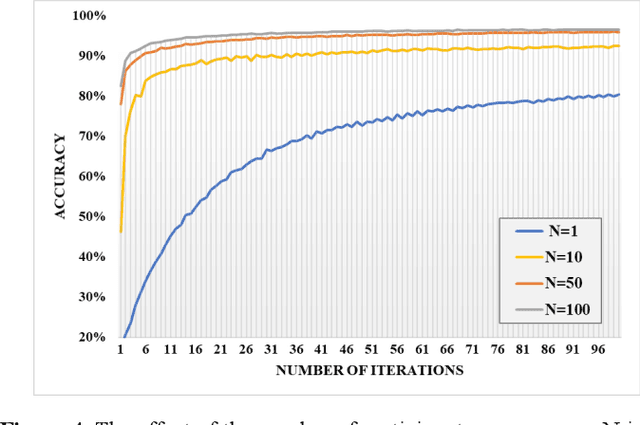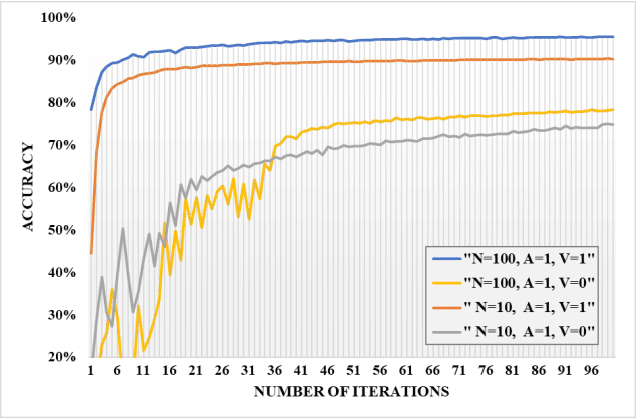Longfei Wu
Towards Explainability in NLP: Analyzing and Calculating Word Saliency through Word Properties
Jul 17, 2022



Abstract:The wide use of black-box models in natural language processing brings great challenges to the understanding of the decision basis, the trustworthiness of the prediction results, and the improvement of the model performance. The words in text samples have properties that reflect their semantics and contextual information, such as the part of speech, the position, etc. These properties may have certain relationships with the word saliency, which is of great help for studying the explainability of the model predictions. In this paper, we explore the relationships between the word saliency and the word properties. According to the analysis results, we further establish a mapping model, Seq2Saliency, from the words in a text sample and their properties to the saliency values based on the idea of sequence tagging. In addition, we establish a new dataset called PrSalM, which contains each word in the text samples, the word properties, and the word saliency values. The experimental evaluations are conducted to analyze the saliency of words with different properties. The effectiveness of the Seq2Saliency model is verified.
A Practical Cross-Device Federated Learning Framework over 5G Networks
Apr 18, 2022



Abstract:The concept of federated learning (FL) was first proposed by Google in 2016. Thereafter, FL has been widely studied for the feasibility of application in various fields due to its potential to make full use of data without compromising the privacy. However, limited by the capacity of wireless data transmission, the employment of federated learning on mobile devices has been making slow progress in practical. The development and commercialization of the 5th generation (5G) mobile networks has shed some light on this. In this paper, we analyze the challenges of existing federated learning schemes for mobile devices and propose a novel cross-device federated learning framework, which utilizes the anonymous communication technology and ring signature to protect the privacy of participants while reducing the computation overhead of mobile devices participating in FL. In addition, our scheme implements a contribution-based incentive mechanism to encourage mobile users to participate in FL. We also give a case study of autonomous driving. Finally, we present the performance evaluation of the proposed scheme and discuss some open issues in federated learning.
 Add to Chrome
Add to Chrome Add to Firefox
Add to Firefox Add to Edge
Add to Edge